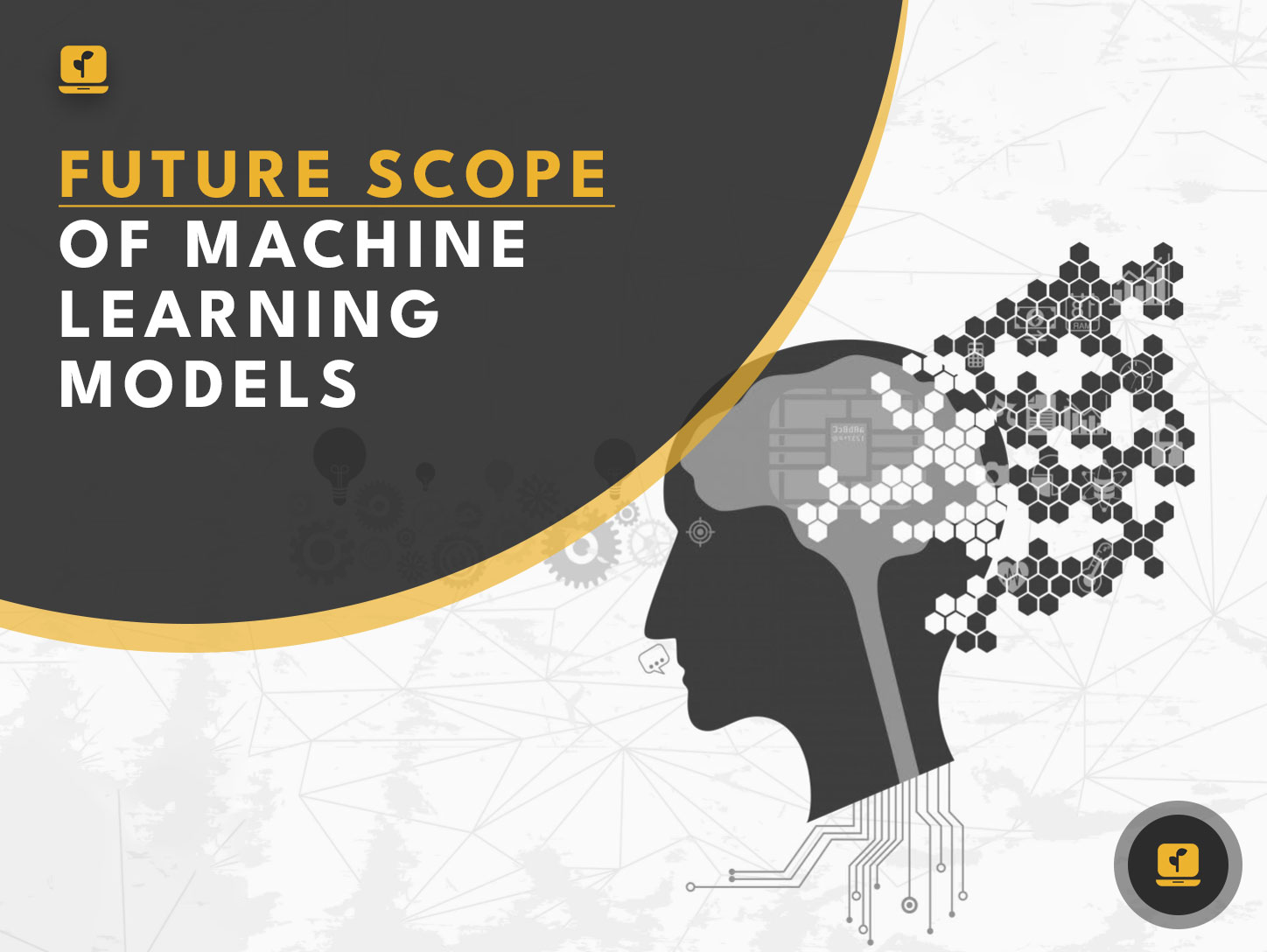As AI continues to gain popularity, machine learning models have become an indispensable tool for businesses and individuals alike. Machine learning models are powerful algorithms that can analyze data, identify patterns, and make predictions. In this hands-on guide, I will walk you through the process of building your first machine learning model.
Table of Contents
We will cover everything from understanding the basics of AI to choosing the right algorithm and evaluating the performance of your model.
Introduction to machine learning models
Machine learning is a subfield of AI that uses algorithms to analyze data and make predictions. A machine learning model is a type of algorithm that is trained on a dataset to make predictions or decisions. Machine learning models can be used for a wide range of applications, including image recognition, natural language processing, and predictive analytics.
Understanding the basics of Artificial Intelligence (AI) models
Artificial intelligence is a field of computer science that focuses on creating machines that can perform tasks that typically require human intelligence. AI models are algorithms that can learn from data and make predictions or decisions based on that data. Machine learning is a subset of AI that focuses on creating models that can learn from data.
Types of machine learning models
There are three main types of machine learning models: supervised learning, unsupervised learning, and reinforcement learning. In supervised learning, the model is trained on a dataset that has both input data and output data. The model learns to predict the output data based on the input data. In unsupervised learning, the model is trained on a dataset that has only input data. The model learns to identify patterns in the data. In reinforcement learning, the model learns through trial and error to make decisions based on rewards and punishments.
The importance of data in building machine learning models
Data is essential in building machine learning models. The quality and quantity of data can significantly affect the accuracy and performance of the model. It is essential to have a large and diverse dataset that accurately represents the problem you are trying to solve. It is also crucial to ensure that the data is clean and free of errors.
Data pre-processing for machine learning models
Data pre-processing is the process of cleaning and transforming raw data into a format that can be used by a machine learning model. This process includes removing duplicates, dealing with missing values, and converting categorical variables into numerical variables. Data pre-processing is a critical step in building a machine learning model, as it can significantly affect the accuracy and performance of the model.
Choosing the right algorithm for your machine learning model
Choosing the right algorithm is essential in building a machine learning model. There are many algorithms to choose from, and each algorithm has its strengths and weaknesses. It is essential to choose an algorithm that is appropriate for the problem you are trying to solve and the type of data you have. Some popular machine learning algorithms include linear regression, logistic regression, decision trees, and neural networks.
Building your first machine learning model
Building your first machine learning model can be a daunting task, but it is also an exciting and rewarding experience. The first step is to choose a problem to solve and gather the necessary data. Once you have your data, you can begin the process of data pre-processing and selecting an appropriate algorithm. After you have chosen an algorithm, you can train the model on your data and evaluate its performance.
Evaluating the performance of your machine learning model
Evaluating the performance of your machine learning model is essential in determining whether the model is accurate and effective. There are many metrics to evaluate the performance of a machine learning model, including accuracy, precision, recall, F1 score, and AUC. It is crucial to choose the appropriate metric for the problem you are trying to solve.
Improving the accuracy of your machine learning model
Improving the accuracy of your machine learning model is an ongoing process. There are many ways to improve the accuracy of a model, including increasing the size of the dataset, changing the algorithm, and optimizing hyperparameters. It is essential to continually monitor and optimize your model to ensure that it remains accurate and effective.
Applications of machine learning models in real-life scenarios
Machine learning models have a wide range of applications in real-life scenarios. They can be used for predictive analytics, fraud detection, natural language processing, image and speech recognition, and many other applications. Machine learning has the potential to revolutionize many industries and improve the lives of people around the world.
Future scope of machine learning models
The future of machine learning models is promising, with many exciting developments on the horizon. Some of the most promising areas of research include deep learning, transfer learning, and reinforcement learning. As technology continues to advance, machine learning models will become even more powerful and versatile.
Conclusion
In conclusion, building your first machine learning model can be a challenging but rewarding experience. It is essential to understand the basics of AI, choose the right algorithm, and evaluate the performance of your model. With the right approach and a little bit of practice, anyone can build a powerful and accurate machine learning model. So why not get started today?












